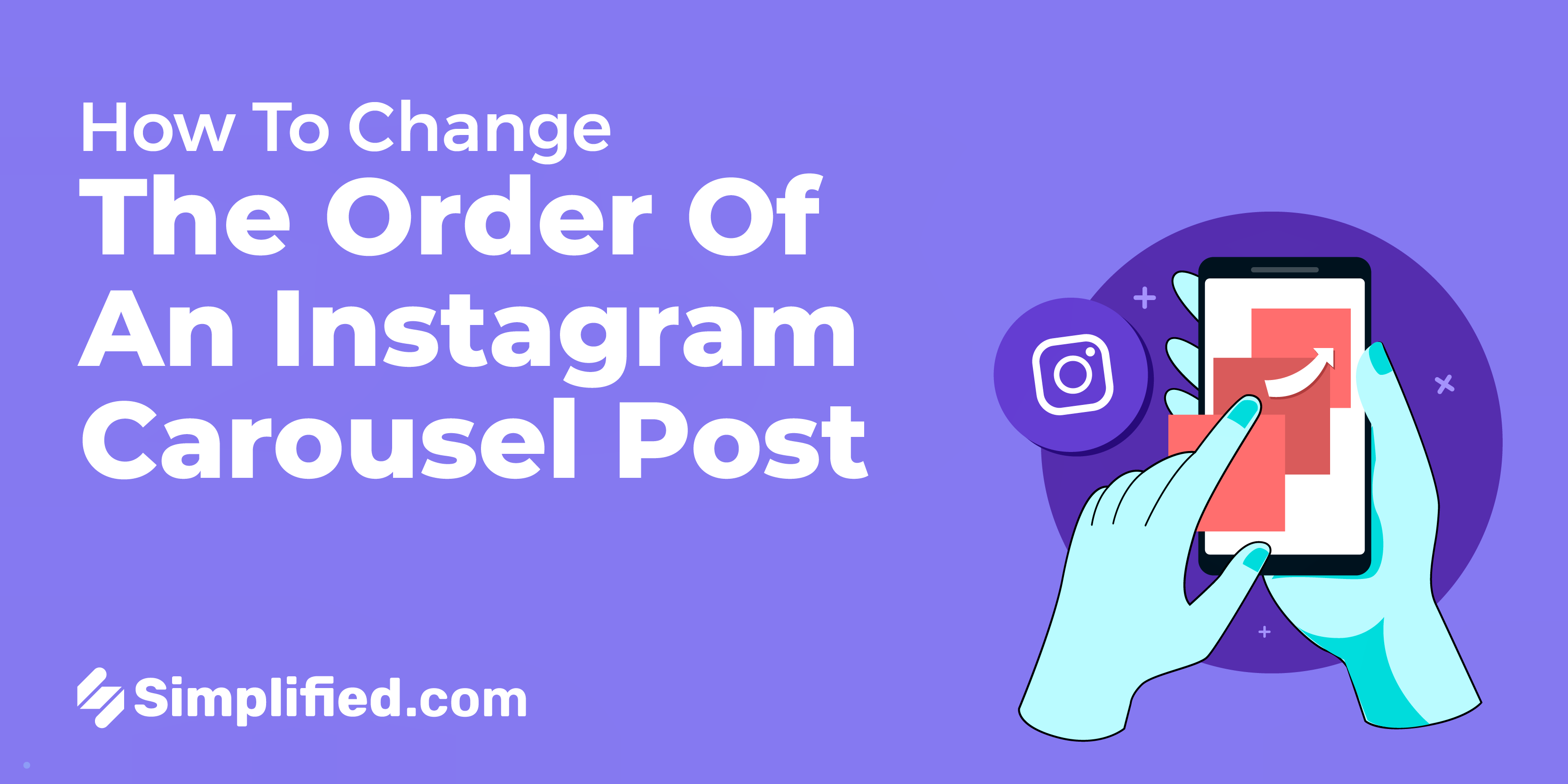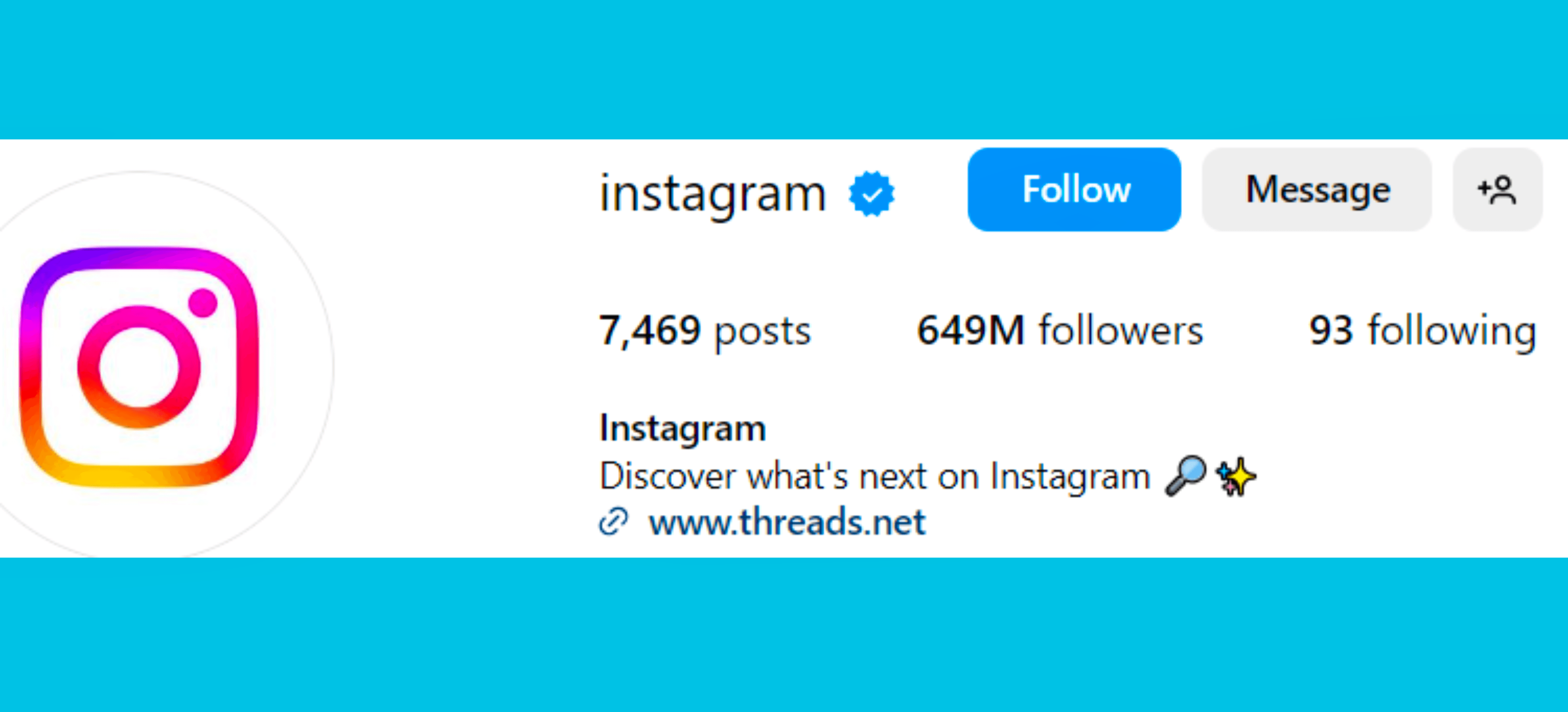Dark Social is a term that refers to the sharing of content through private channels, making it challenging to track and attribute. Unlike public platforms, such as Facebook or Twitter, where interactions are visible, Dark Social involves direct sharing through messaging apps, email, or other private means.
The concept of Dark Social emerged as a response to the limitations of analytics tools in tracking the full scope of social sharing. The term gained prominence as marketers realized that a significant portion of online sharing occurred privately, leading to unattributed traffic and engagement.
Key Characteristics of Dark Social
1. Private Sharing: Users share content directly with specific individuals or groups, keeping interactions private and away from public platforms.
2. Attribution Challenges: Dark Social poses challenges for marketers trying to attribute website visits, conversions, or engagement back to specific social sharing instances.
3. Messaging Apps and Email: Common channels for Dark Social include messaging apps like WhatsApp, Signal, and email platforms, where users freely share content without public visibility.
Why Dark Social Matters
Dark Social is crucial for several reasons:
1. True Engagement Measurement: Understanding Dark Social allows marketers to grasp the complete picture of user engagement, beyond what traditional analytics may reveal.
2. Content Optimization: Marketers can tailor their content strategy by recognizing the type of content most shared through Dark Social channels, adapting to user preferences.
3. Enhanced Campaign Performance: By acknowledging Dark Social, marketing campaigns can be better optimized to reach audiences where they naturally engage.
How to Address Dark Social?
1. Shortened URLs: Use shortened URLs with analytics parameters to track Dark Social sharing more effectively.
2. Encourage Public Sharing: Implement social sharing buttons on your content to encourage users to share publicly rather than through private channels.
3. Analytics Tools: Invest in analytics tools that offer advanced tracking capabilities, helping to uncover the extent of Dark Social interactions.
Conclusion:
Dark Social remains a significant aspect of social media sharing, emphasizing the need for marketers to adapt their strategies and measurement approaches. Recognizing the prevalence and impact of Dark Social allows for a more comprehensive understanding of audience behavior in the digital landscape.
.webp)













